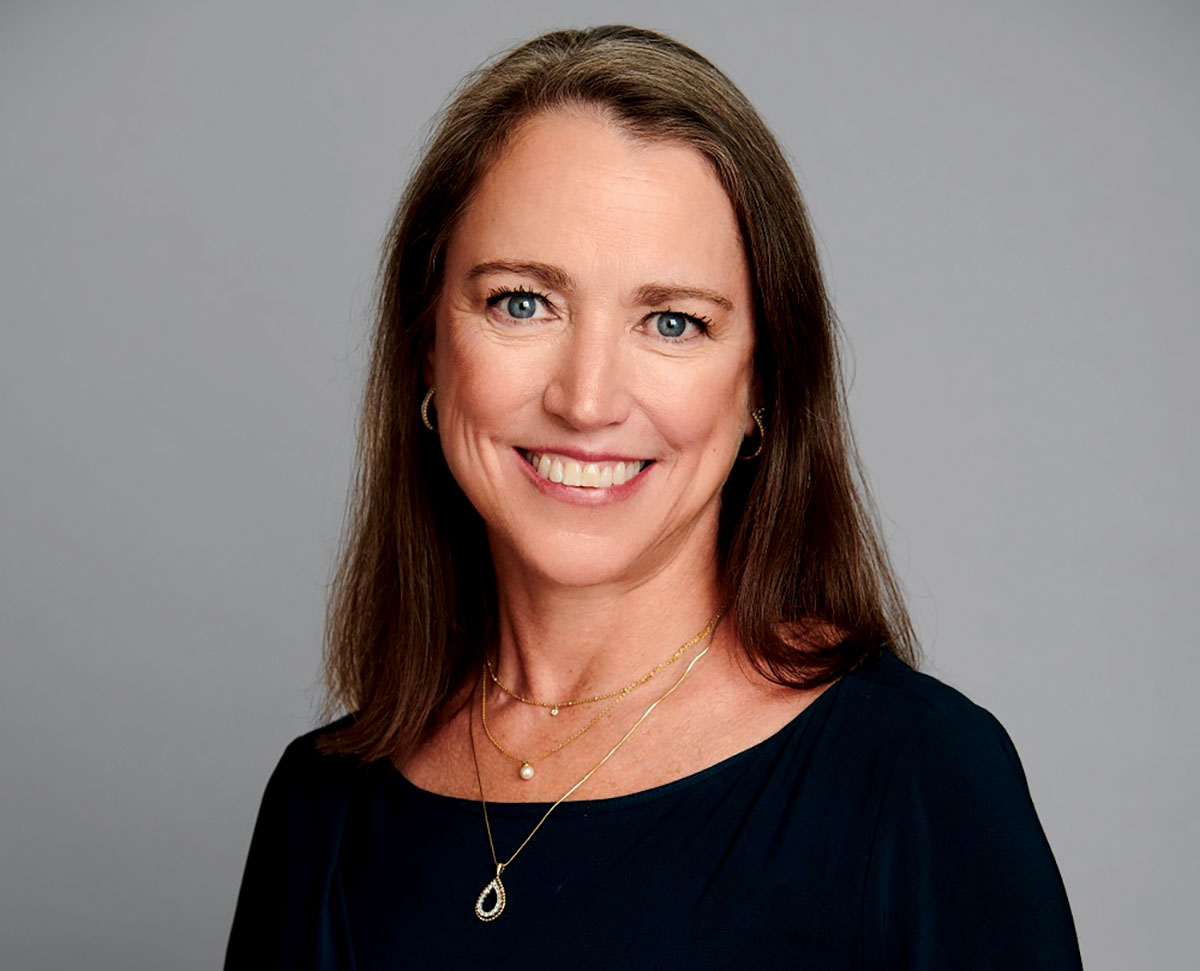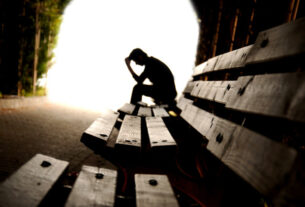Ten months after the Palisades Fires destroyed the homes of many of the 934 families who comprise the 75-year-old community Kehillat Israel, in the heart of the Palisades, many remain dazed.
Senior Rabbi Amy Bernstein sought to explain where the close community is 300 days into the disaster. “It starts to feel normal-ish,” she said, drawing out each syllable. “That is kind of frightening. But we human beings are adaptable, so it feels normal.”
One-third of the congregation lost their homes, including the rabbi. Going to regularly scheduled meetings used to be easy – same place and time each week. No more. “It feels very hard to keep up with where you are supposed to be, at what time and the location,” Rabbi Bernstein said. “And, how long is it going to take me to get there?”
She met with The Journal in Kehillat Israel’s temporary offices, in a building that is close to the border between Westwood and Santa Monica.
“The most difficult part of this transition period,” the rabbi said, “is that we have to meet in so many different locations for many different activities. We don’t have our kids here. Our littlest ones are at Beth Shir Shalom in Santa Monica, and they have been incredibly gracious and generous. Shabbat services are at the Cayton Children’s Museum at The Promenade, and (numerous) offices are here.”
There’s more: “Our Religious School is at an LAUSD school that doesn’t use it on Sundays. We also have bar and bat mitzvah services. They happen wherever the families want them to happen. Either the venue is where the party will be – sometimes we use [the chapel at]Wilshire Boulevard Temple. We also use Sinai Temple’s chapel. And Beth Shir Shalom when we can.”
Her calendar has been Rabbi Bernstein’s most important possession since last January. “We are everywhere all the time,” she said. “And of course our people are dispersed. We often have to drive to see a bunch of folks who are living in the Valley, or in the South.”
The Kehillat Israel community’s response has been “really incredible,” said the rabbi. “It was massively important to be together at the High Holy Days. I think we all knew it, but you couldn’t anticipate the incredible power of all of us being together. Usually, we have services both at the synagogue and offsite for the Holy Days.”
In a normal year on the High Holy Days, Rabbi Bernstein explained, “we usually split.” About 500 members daven at K.I. and the balance in Barnum Hall on the Santa Monica High School campus. “But this year, since the synagogue was not open, we were all at Barnum. It was really lovely to have everyone together at Barnum.”
Personally, the rabbi said it took her “probably six months to really feel like I could put one foot in front of the other without really thinking hard about it.”
For her and the Kehillat Israel community, the seasons of this year have been like no other. Rabbi Bernstein’s home burned to the ground. And “personally,” the rabbi admitted, “I am a homebody.” The most difficult aspect of transitioning – doing everything every day in a new setting —“was not having a home, not having my kitchen, not being able to putter around in it with my plants. Sometimes you don’t understand how important some things are for your own nervous system to calm down.”
Normalcy remains months away. The latest plan is for the K.I. sanctuary to be restored by March, and the rabbi hopes to return to K.I.’s offices in May.
Will people be wary about stepping inside the rebuild? “I think some will be wary,” said the rabbi. “Others will trust that we have done remediation, and they will be okay with it. Some people have expressed they are not ready to go back to see the rest of the [destroyed] Palisades. They are struggling with that. But it’s not coming back to our building. It’s about driving through the Palisades.” The rabbi advises “they should do whatever they feel they need to do. When they are ready, we will be there.”
Part of the problem, said the rabbi, “is that we were centrally located for people. Now we are in four or five different places. For some people we are closer, for others farther away. They can’t keep up with where we are doing stuff.”
The synagogue rebuild is on schedule, but for community members the calendar is sharply different. “People are struggling with how long it is taking to figure out their own living situations,” the rabbi noted. “Some have moved seven times, from hotel to Airbnb to another hotel. It’s been really challenging for people.”
She does not intend to buy a new home. “My situation is like that of many who were in condominiums,” said Rabbi Bernstein. “I was in a townhouse, and the insurance goes through the homeowners’ association. The HOA decides whether to rebuild – if it’s a rebuild, you don’t get insurance money for the structure. If the HOA decides not to rebuild, then you get insurance money and sale of the property. Right now I am living with very generous congregants.”
Fast Takes with Rabbi Bernstein
Jewish Journal: Has this changed your living or eating habits?
Rabbi Bernstein: Yes. At first, I wasn’t eating. It wasn’t my kitchen. I wasn’t grocery-shopping the same way. I didn’t know where anything was. So I wasn’t looking forward to cooking. That was one of the ways I used to relax. I loved puttering around in the kitchen. I didn’t eat for a while. Having your routines completely disrupted was difficult.
J.J.: Have you returned to those earlier habits?
RB: Partway. I have returned to pickleball, which was a very important part of my life in the Highlands. Yoga, too. K.I. has been doing yoga as a staff for 10 years with the same instructor twice a week. We are part way back, once a week in the park.
J.J.: What about inveterate habits?
RB: Pickleball is the big one. I was playing three times a week.




